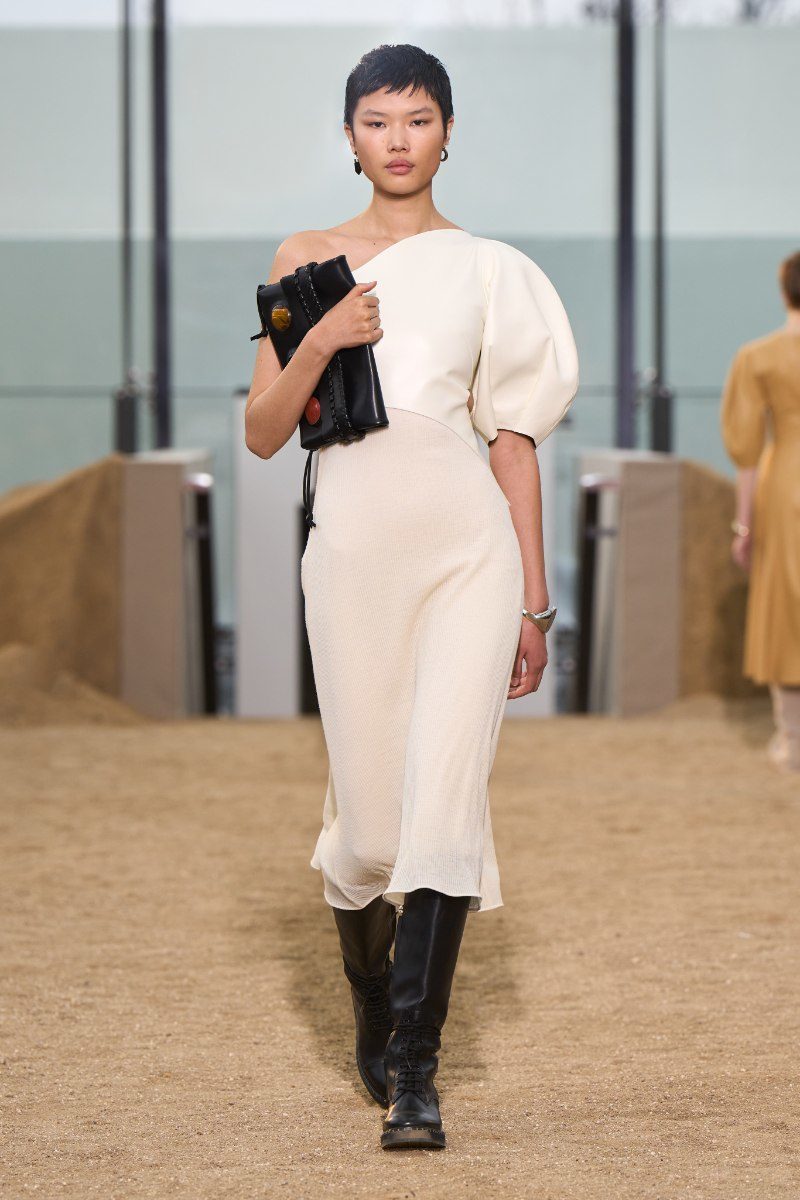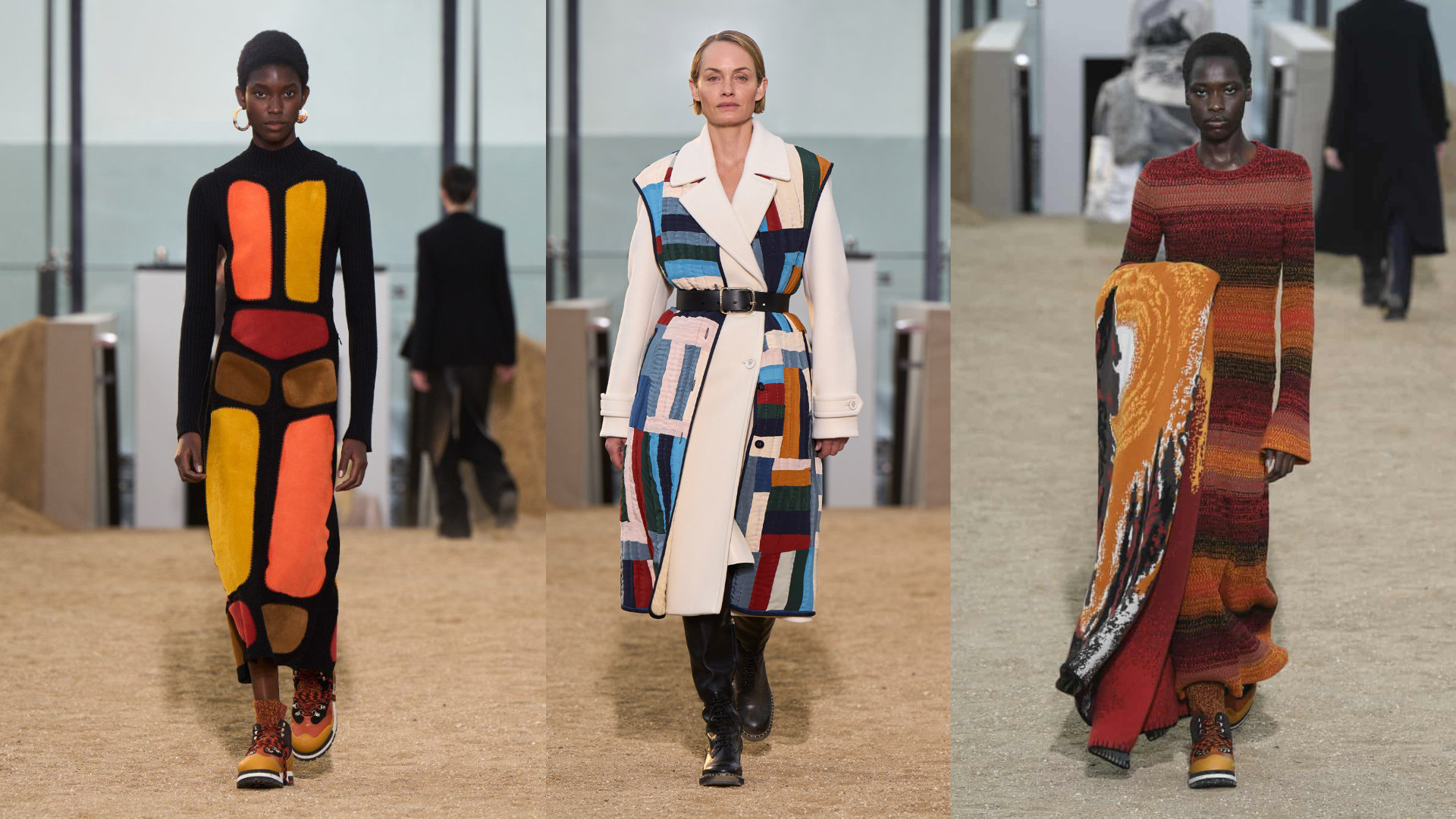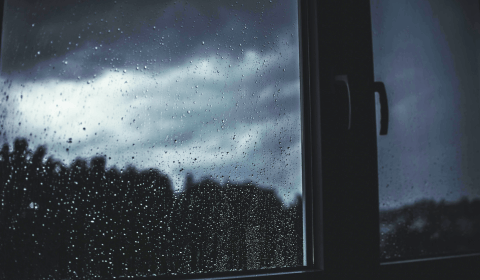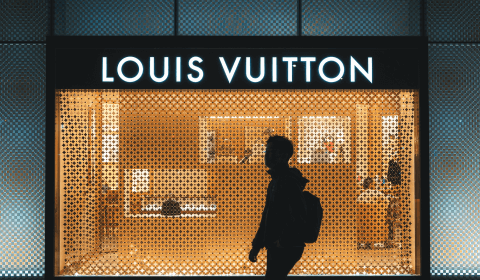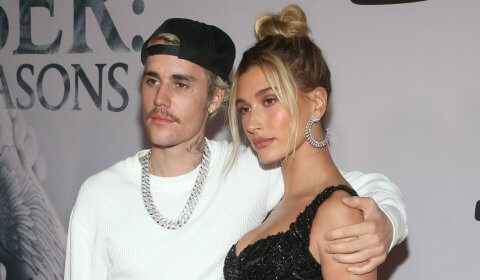Before starting the collection, Hearst spoke to conservationists about climate anxiety. She also asked for their views on how climate solutions might be incorporated into fashion concepts.
The outcome of this dialogue resulted in a line that is a far cry from the bodycon silhouettes and bright neon colours we’ve seen modeled on catwalks and donned by A-list celebrities lately.
Making references to the idea of ‘rewilding the planet,’ Chloé’s projection for our end of year trends is one that sees us ‘living the solution’ to climate change, by using the clothes we wear every day to evoke a sense of closeness with natural landscapes.
Believing that the fashion sector has become far too industrialized, Hearst wants to bring the human element of design back to center stage. She aims to do this by championing hand-crafted pieces, which have far more positive environmental and social impacts than factory made garments.
Chloé’s new collection consists of hand painted bags, hand-woven knits, patterned blankets, and quilts that display hues and imagery found in nature. The intention is to utilise fashion as a tool to remind us of our human relationship with the planet.
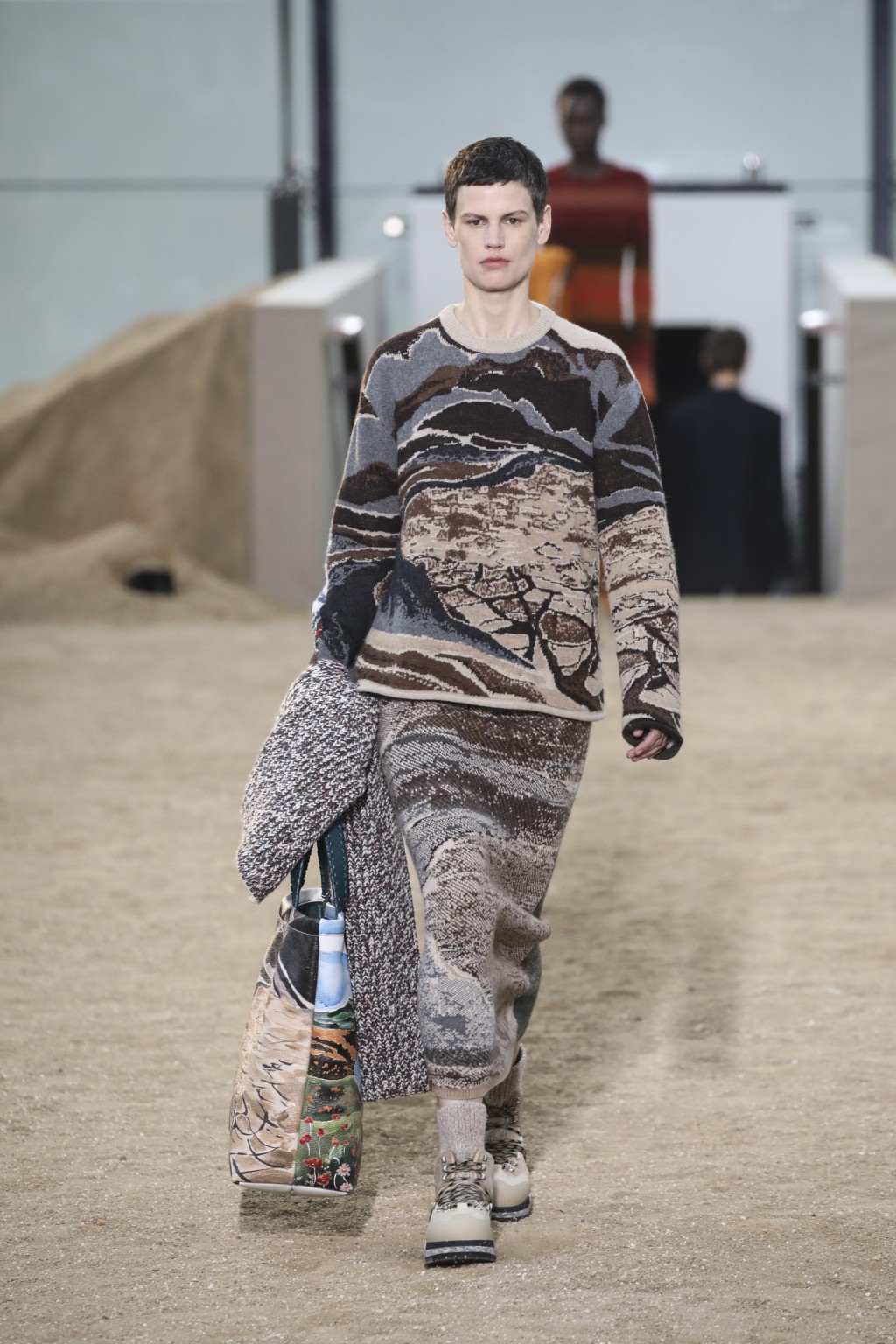
A jumper from the collection depicts a deserted, arid landscape at first view, but its back shows a field dotted with vivid red flowers. Another has fire-burnt trees and asteroids on the back, with bright green grass and a clear blue sky on its front.
Recognising this sharp contrast doesn’t require an eco-aware eye, and anyone would be moved by the depictions of what our world could become if we don’t make serious changes to the status quo of production and design.
One of Gabriela Hearst’s first moves as Creative Director was to eliminate materials from the brand’s supply chain that were unnecessarily destructive to the planet, such as galvanized metals and semi-synthetic viscose.
She also halted the production of cotton T-shirts at Chloé, a garment which appears as a staple in almost every fashion houses’ collections, despite their huge environmental impact of 2,500 litres of water required for a single shirt.
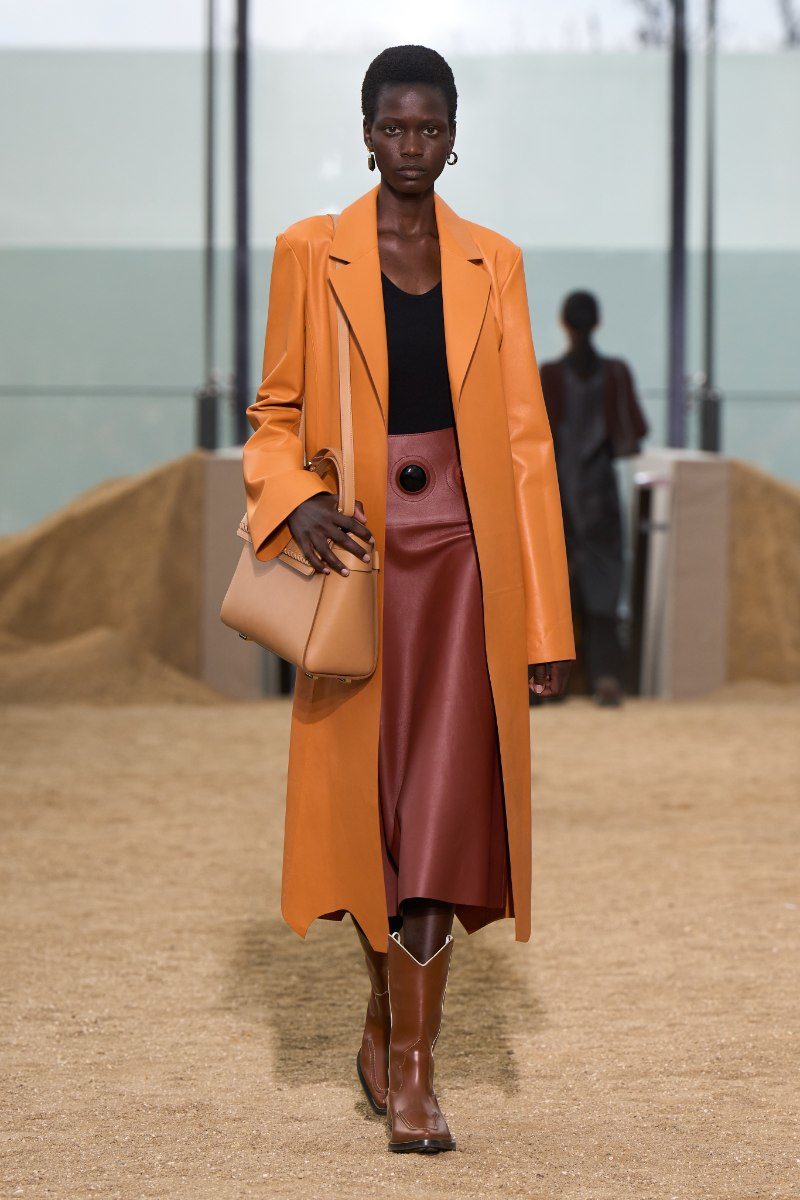
The pieces worn on Chloé’s catwalk in Paris used materials sourced from deadstock, otherwise known as leftover fabric from the fashion industry.
Looking to the future, the brand vision is hoping to continue this trend by setting a goal of using 90 percent low-impact materials and 30 percent fair-trade fabrics by 2025.
Gabriela Hearst is proof that those in charge of creating the vision for fashion brands and leading the direction of companies (regardless of the industry) should be well-versed and personally concerned about the wellbeing of our planet.
And after looking at Chloé’s latest collection, it’s clear that we can have beautiful designs, concepts, and products which also foster a positive relationship between people and with the planet.
